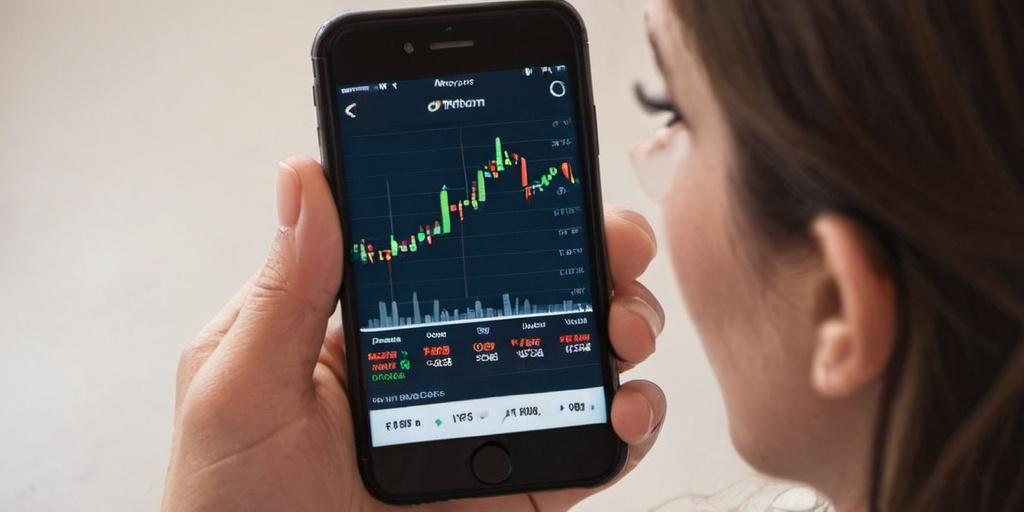There’s no good reason to skip a demo account. That’s not an opinion—it’s just how the numbers shake out. Most new traders blow their first real account. Not because they’re unintelligent or undisciplined, but because they skipped the part where you practice. A demo account isn’t just a freebie playground. It’s where you learn how to not panic, not over-leverage, not click the wrong thing at the wrong time. It’s where people learn that the market doesn’t care about your opinion.
Even professional traders loop back into demo environments when they’re tweaking a system, adjusting risk models, or adapting to new instruments. So the idea that demo accounts are training wheels for newbies doesn’t hold up. Everyone needs the reps.

What a Demo Account Actually Teaches You
Forget the idea that demo accounts only teach you how to use a platform. That’s maybe 5% of their value. The real benefit comes from repetition—executing the same setup over and over until your confidence isn’t a guess.
There’s no way to understand how volatile price action moves until you’ve watched it for hours. You won’t respect stop-loss placement until you’ve been stopped out hundreds of times. Sloppy trades feel fine until you can compare them to clean ones. A demo account lets you build this internal standard without bleeding out your bankroll.
Most of the time, the software itself mirrors the live version—same UI, same data feeds, same order types. That means the habits you build in demo usually transfer over. The only piece missing is the emotional pressure of knowing it’s your real cash. And that’s fine. Emotional control is a separate skillset. Get the mechanical part down first.
Where Demo Accounts Help You Spot the Weak Points
Every trader has a weakness. Some can’t hold winners. Others size up too fast after a few green trades. Some get paralyzed and miss good entries, while others jump into anything that moves. Demo accounts expose that without punishing your wallet.
You can track your patterns and spot what’s causing damage. Maybe it’s revenge trading. Maybe it’s moving your stop once you’re in the red. Maybe it’s trading because you’re bored. Whatever the flaw, a good demo account shows you the outcome.
That level of feedback is hard to find elsewhere. You can read books and take courses all day, but without actual trade history—something you can review, tag, and analyze—you’re stuck in theory. You need data to build discipline.
Some platforms like The Trader help bridge that gap by connecting demo trading with real-time tools and analytics, giving traders a more realistic prep ground before risking capital.
Demo Accounts Don’t Replace the Real Thing, But They Do Prepare You For It
At some point, you’ll need to transition to a live account. And no, it won’t feel the same. In a live environment, hesitation shows up. You second-guess setups you would’ve clicked instantly in demo. You flinch at red candles. You get greedy on green ones. But if you’ve drilled enough in demo, at least you’ll know what to do—even if your hands shake a little.
Most of the risk in live trading isn’t from the market; it’s from your reaction to the market. And reactions get trained. That’s where demo earns its place.
The key is to treat a demo account like it’s real. Trade a size you’ll actually use. Respect your stops. Don’t over-leverage. If you treat it like a toy, your habits will reflect that—and so will your live results.
How Long is Too Long in Demo Mode?
Some people spend months in demo. Others switch after a week. There’s no set rule. But if you’re not consistently profitable in simulation, you have no business trading real capital. That’s not gatekeeping. That’s just protecting your own money.
A trader who can prove they’re profitable over a few hundred demo trades, with tight risk control and a repeatable process, has a far better shot at surviving live. Everyone else is gambling.
And while simulation doesn’t cover everything—slippage, spreads, emotional weight—it covers enough. Enough to know if you’re disciplined. Enough to know if you even enjoy the work.
Demo accounts are not a shortcut. They’re where the boring, repetitive, unglamorous part of trading happens. And if you can’t grind through that, it’s probably better to find out before you light up your savings account for sport.
This article was last updated on: August 19, 2025
